 |

BABY CUES
To read the Introducton to Babys Click Here
Engaging cues
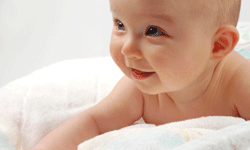 These say I want to interact or Im interested These say I want to interact or Im interested
Shown by baby as:
- Smiling.
- Looking at caregivers face.
- Smooth movements of arms and legs (usually to the caregiver).
- Eyes wide, bright and focused.
- Bright face.
Disengaging cues
 These say I need a break or Ive had enough These say I need a break or Ive had enough
Shown by baby as:
- A sad face
- Lower lip quivers
- Frown
- Fussiness (low pitched vocalisation- not rhythmical)
- Pushing away hands
- Pulling body away creating a distance from caregiver or object
- Dull looking eyes and face
- Fast breathing
- Hand behind head & hand to ear
- Hiccoughs
- Looking away from caregiver or object
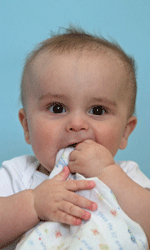 Hunger cues Hunger cues
These say Im hungry, can I have some food please
Shown by baby as:
- Clenched fingers and fists over chest and tummy.
- Bending arms and legs up.
- Mouthing.
- Rooting.
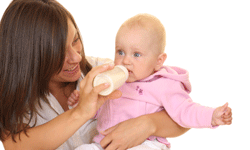
Satiation cues
These say Im full or Ive had enough food or drink
Shown by baby as:
- Extended arms and legs.
- Arms straightened along sides.
- Finger(s) straight.
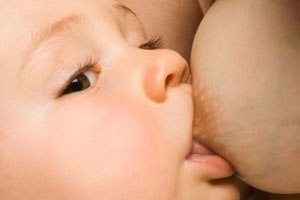 Pushing away the object. Pushing away the object.







SOOTHING A BABY
Each baby is different so try to work out what works best for your baby. Here are some methods to try to help soothe your baby:
- Use one action at a time and repeat over and over.
- If what you have tried is not working try another soothing action and repeat over and over.
- Show your baby your face.
- Gently hold both of babys arms close to his or her body.
- Rock, walk, or take baby for a ride in pram or car.
- Talk to baby in a steady, soft voice.
- Pick up and hold baby close.
- Windy babies may be more comfortable in a more upright position
- Sing, hum or croon to your baby.
- Wrap baby snugly.
- Stroke one area of the babys body such as head, foot or back (dont do it too lightly but also dont press too hard).
Babies can calm down by themselves by
- Sucking on their fingers, fist or tongue,
- Bringing hands to mouth.
- Changing position of lying.
- Looking and listening to faces or noises.
|
 |
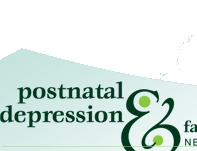






 These say I want to interact or Im interested
These say I want to interact or Im interested These say I need a break or Ive had enough
These say I need a break or Ive had enough  Hunger cues
Hunger cues
 Pushing away the object.
Pushing away the object.